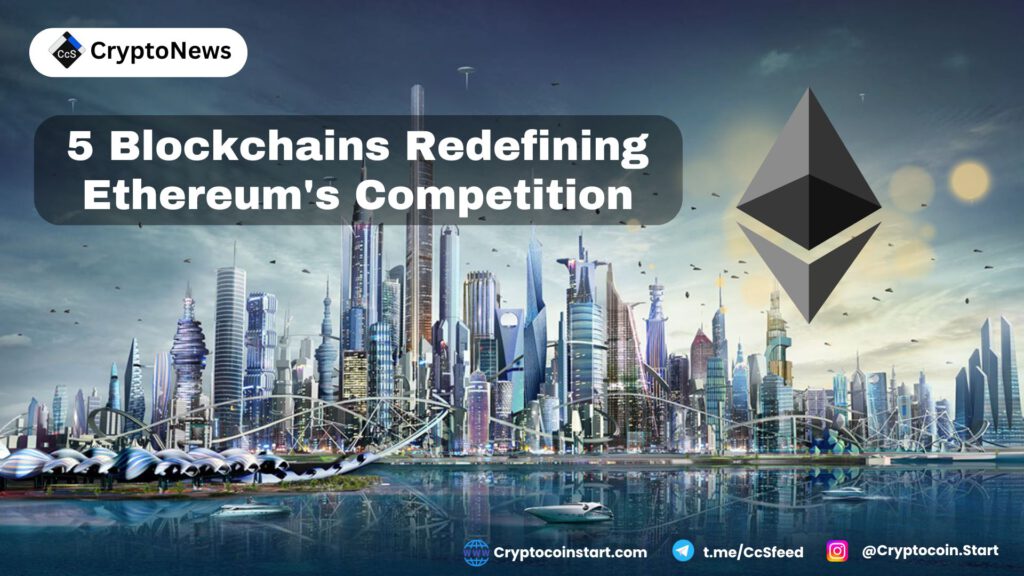
Polygon: Scaling Ethereum’s Potential
Polygon has quickly become one of the leading layer-2 scaling solutions for Ethereum. Its innovative strategies for tackling network congestion and high gas fees have drawn the attention of developers and users alike. The seamless integration with Ethereum allows many dApps to transition effortlessly onto the Polygon network, significantly contributing to its growth.
- Layer-2 solution: Enhances Ethereum’s scalability.
- Low transaction fees: Reduces costs for users and developers.
- Developer-friendly: Easy integration for dApps.
Avalanche: Rapid Consensus and Subnets
Avalanche has emerged as a leader in innovative consensus mechanisms, showcasing its potential for future success. The platform’s capability to ensure transaction finality in under two seconds has attracted projects that require high transaction volumes. Additionally, the unique subnet design of Avalanche allows for the creation of configurable blockchains, presenting exceptional opportunities for diverse applications.
- Fast finality: Transactions confirmed in less than two seconds.
- Subnet design: Configurable blockchains for various needs.
- High throughput: Ideal for high-volume transactions.
Polkadot: Interoperability at Its Core
Polkadot takes an unorthodox approach to blockchain interoperability, focusing on seamless interactions between various chains. Its unique parachain architecture facilitates efficient communication and collaboration among different blockchain projects, fostering synergies that enhance functionality across the ecosystem. This interconnectedness contributes to a more robust and cohesive Advanced Decentralized Web.
- Parachains: Efficient interaction between different blockchains.
- Interconnectivity: Builds synergies across blockchain projects.
- Enhanced functionality: Supports a more cohesive decentralized ecosystem.
Algorand: Pure Proof-of-Stake and Smart Contracts
Algorand, built entirely on a proof-of-stake consensus mechanism, has garnered attention for its impressive energy efficiency and security features. These characteristics make it particularly suitable for financial applications, enabling numerous transactions while maintaining decentralization. With the recent addition of smart contract support, Algorand expands its versatility and potential use cases.
- Energy-efficient: Low environmental impact.
- High security: Reliable for financial transactions.
- Smart contracts: Expands use cases beyond basic transactions.
Arbitrum: Optimistic Rollups for Ethereum Scaling
Arbitrum has introduced a groundbreaking solution to Ethereum’s scalability challenges through optimistic rollups. This approach offers several key benefits:
- Lower transaction fees: Makes dApps more accessible.
- Higher throughput: Supports a larger volume of transactions.
- Ethereum compatibility: Seamlessly integrates with existing Ethereum applications.
Conclusion
As the cryptocurrency landscape continues to evolve, these five blockchain platforms—Polygon, Avalanche, Polkadot, Algorand, and Arbitrum—are redefining the competition against Ethereum. Their unique features and innovative solutions address the challenges that have historically plagued blockchain technology, such as scalability, high fees, and interoperability. As demand for decentralized applications and NFTs grows, these platforms are well-positioned to capture a significant share of the market and drive the next wave of blockchain innovation.

